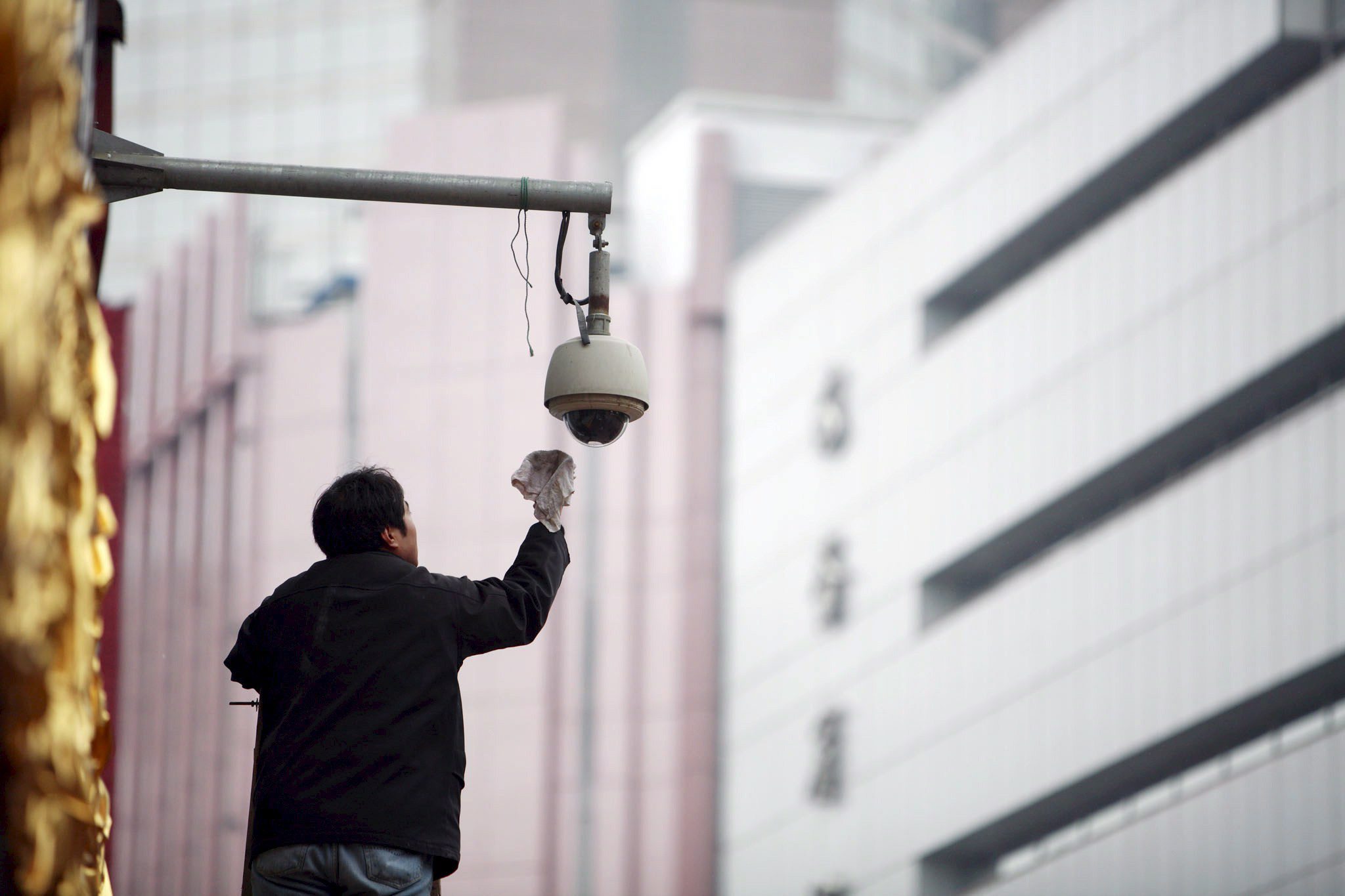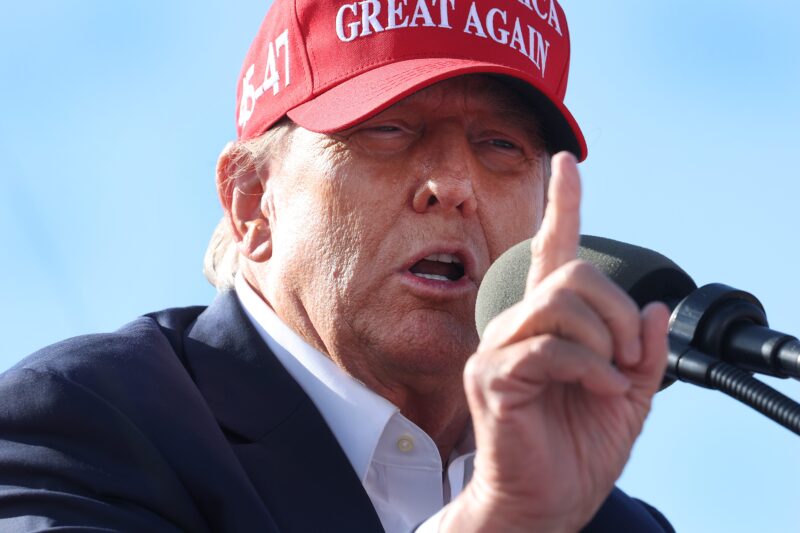There are 170 million surveillance cameras in China. By 2020, the country hopes to have 570 million — that’s nearly one camera for every two citizens.
At the same time, China is a building a national database that will recognize any citizen withinthree seconds. Though that system probably won’t be unveiled for a number of years, facial recognition is widespread in China.
Thanks to a large sample population and lax privacy laws, police and private companies have led the way in developing surveillance technology that is now being used to track travel, shopping, crime, and even toilet paper usage.
Take a look at all the ways people’s faces are being used for surveillance — with and without their permission.
One of the most common facial recognition programs is Face++ which is used to manage entry everywhere from Beijing’s train stations to Alibaba’s office building.
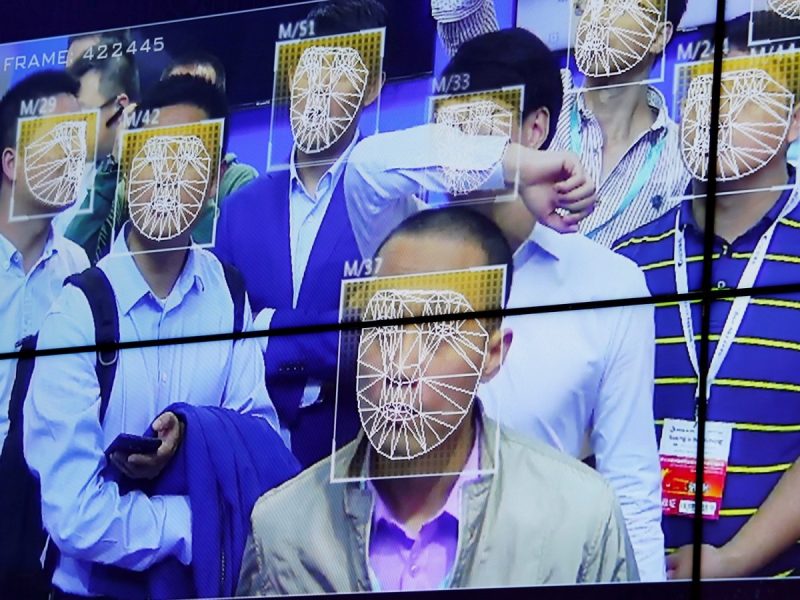
Source: Technology Review
Alibaba has also developed its own systems that will soon be used in Shanghai’s metro to identify commuters via their face and voice.
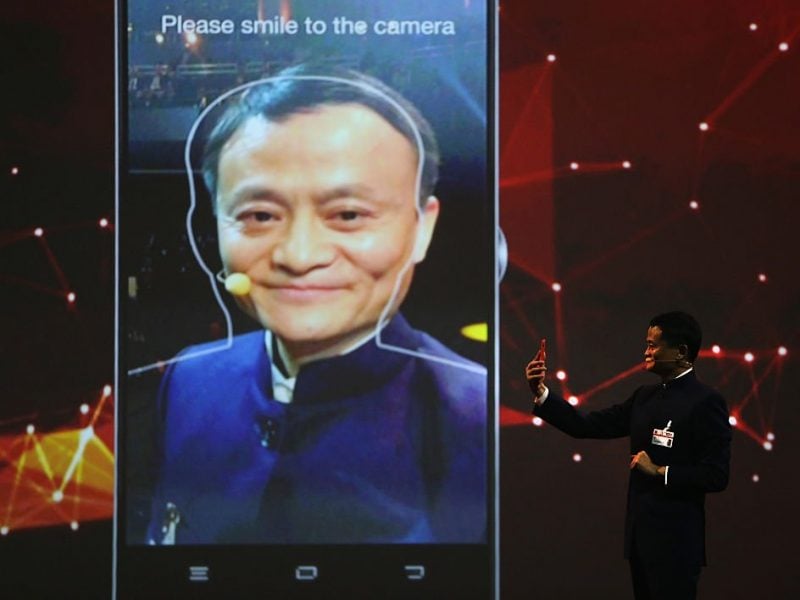
Source: South China Morning Post
Railway police in the central Hanan province already use facial recognition sunglasses that can identify travelers within 100 milliseconds. Since their introduction earlier this year, they’ve been used to identify a number of criminals.
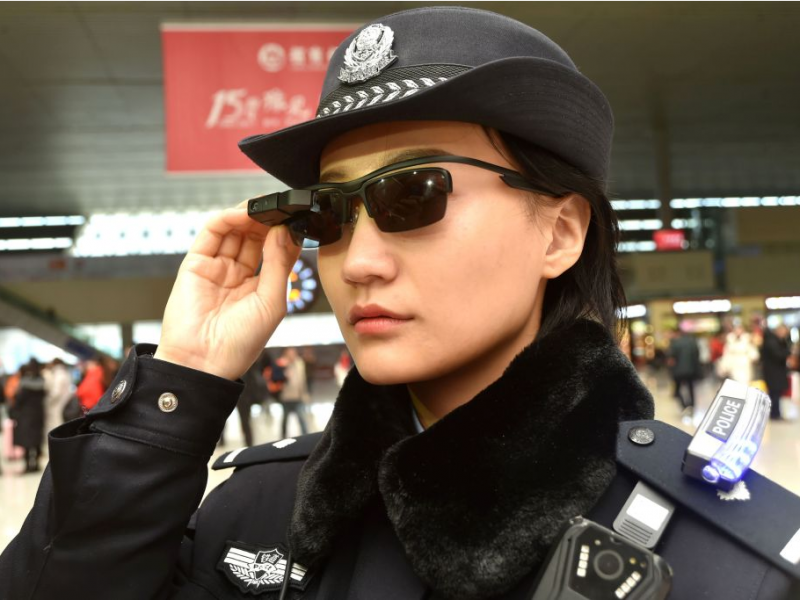
Source: Business Insider
A number of provinces photograph jaywalkers and, after its matched to a police database, post the photo, ID number and home address on public screens. Offenders can spend 20 minutes helping a traffic officer or pay a $3 fine to have the image removed.
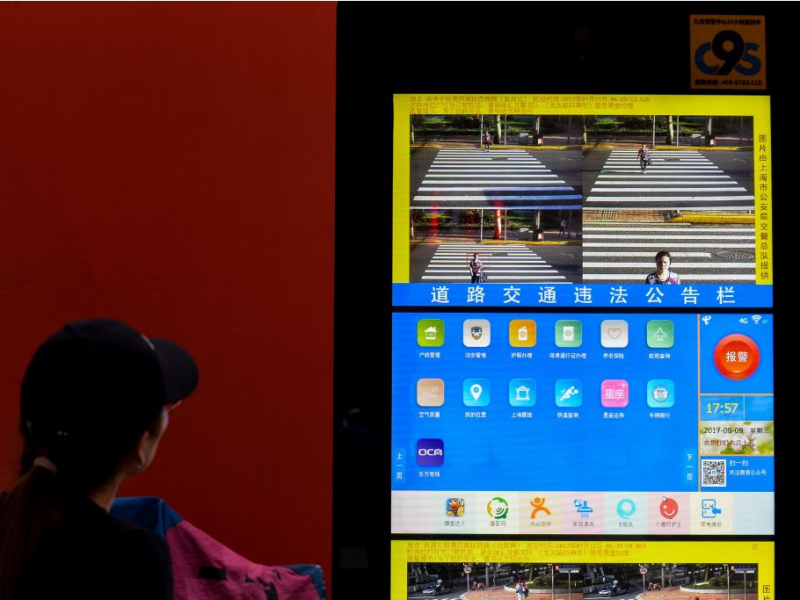
Source: Mashable
College entrance exams across the country use facial and fingerprint recognition to ensure test takers are the real students.
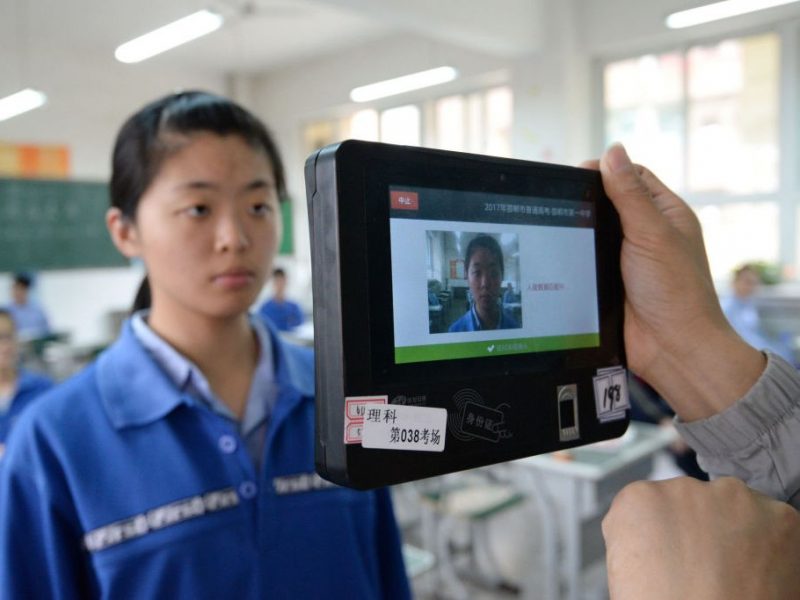
After a spate of kidnappings, some childcare centers only unlock doors to faces registered in its system. One kindergarten has more than 200 security cameras as well as a police station on campus.
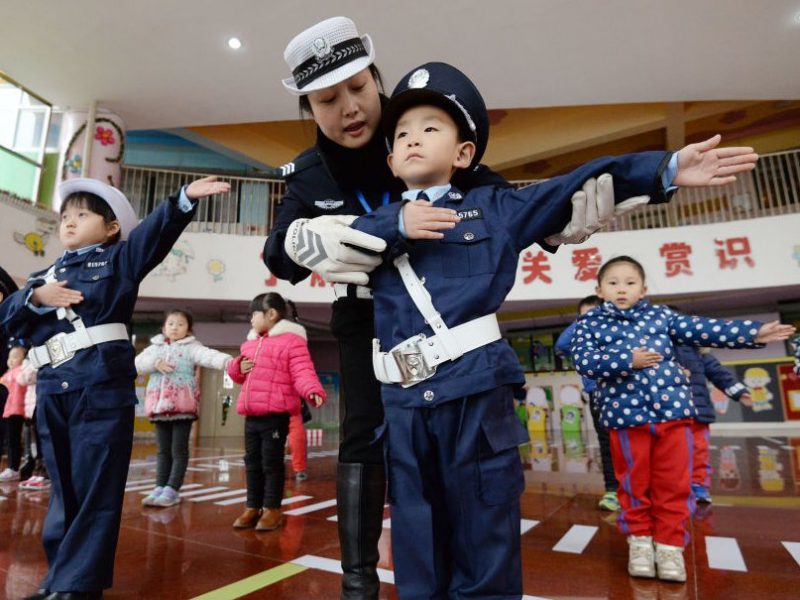
Source: Nikkei
Even toilet paper dispensers use the technology, limiting each person to 2 feet of paper every nine minutes. Apparently a number of patrons kept stealing from public bathrooms.
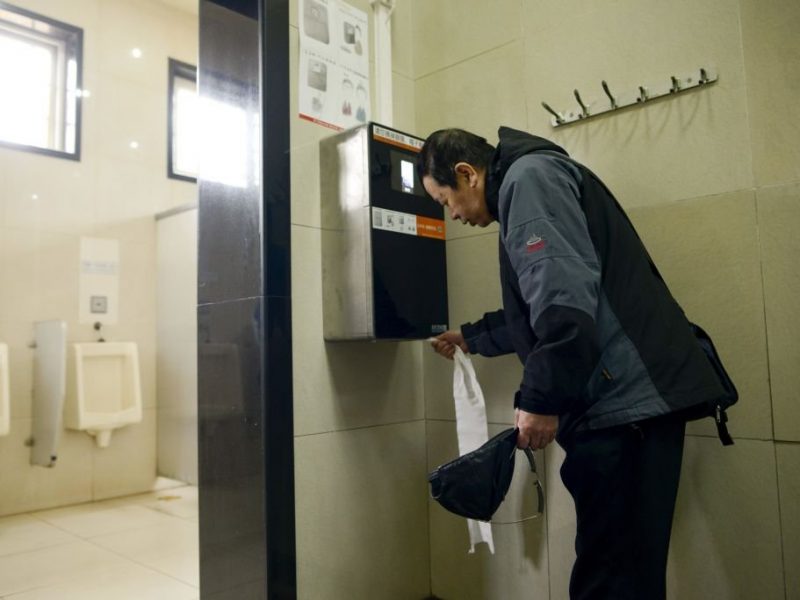
When it comes to food, a modern KFC store uses “Smile to Pay” technology.
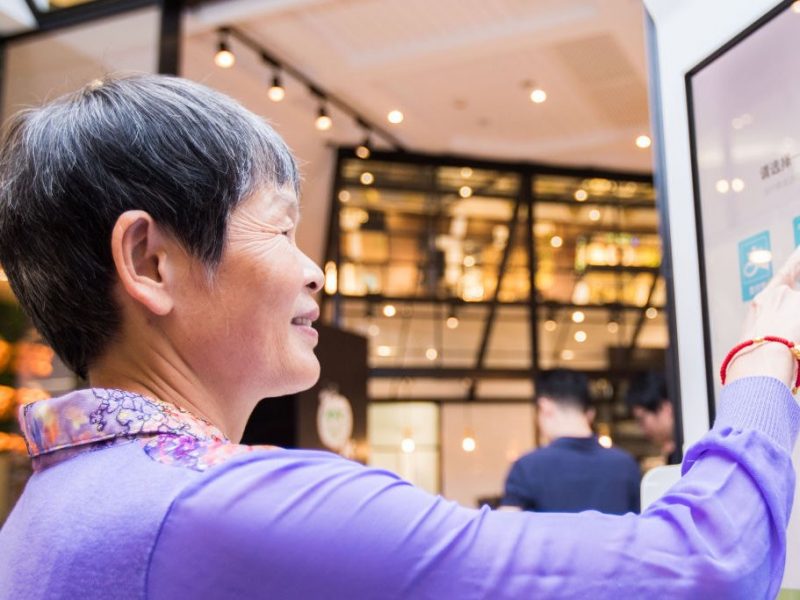
Source: Reuters
Customers can also use facial recognition to pay for purchases at unmanned convenience stores run by one of China’s biggest online retailers, JD.com.
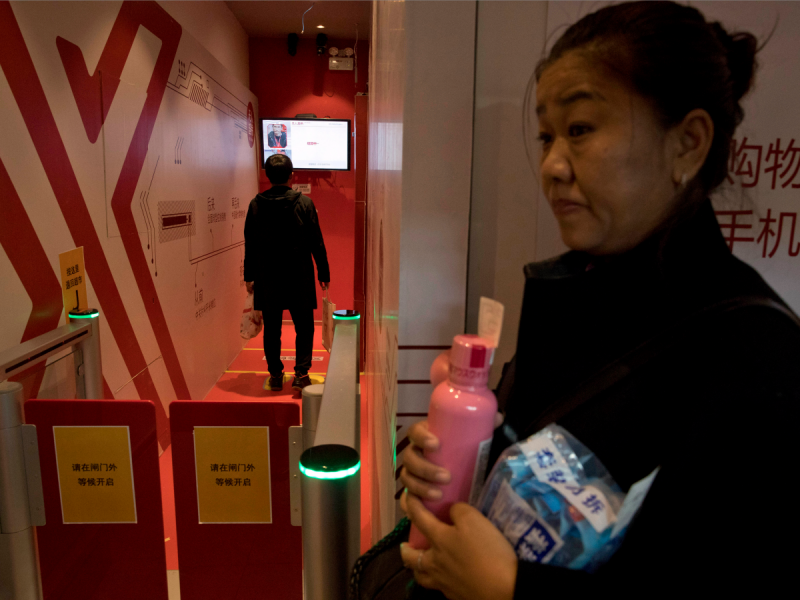
Alibaba also has a chain of cashless stores called Hema. Shoppers use their face and phone number to approve payments from their Alipay account.
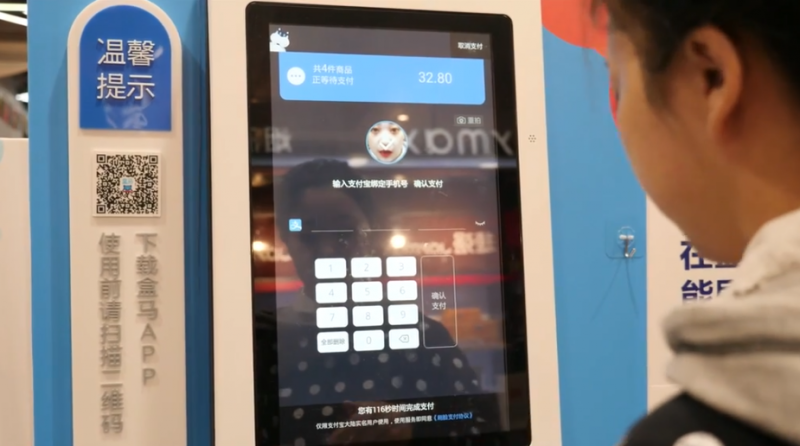
Source: Business Insider
Customers of China Merchants Bank scan their faces instead of their bank cards at some 1,000 ATMs. Users still need to enter a PIN though.

Source: Wall Street Journal, South China Morning Post
Xiaozhu, the Airbnb of China, is trialing smart locks that open after scanning renters’ faces. The tests will start over Chinese New Year and permanent installation will begin in March.

Source: South China Morning Post
A car vending machine by Alibaba’s Tmall even uses state-of-the-art recognition technology.
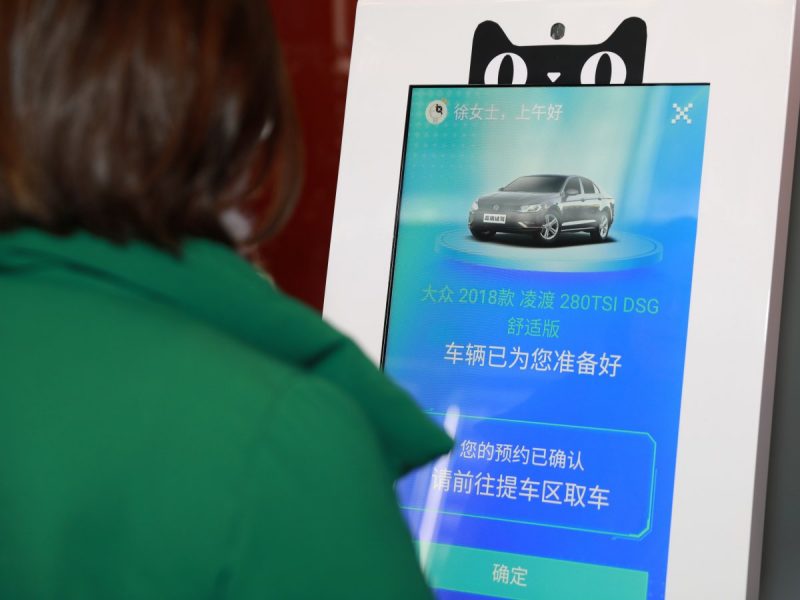
Insurance firm Taikang verifies the identities of customers by their face, using software built by tech company Baidu.
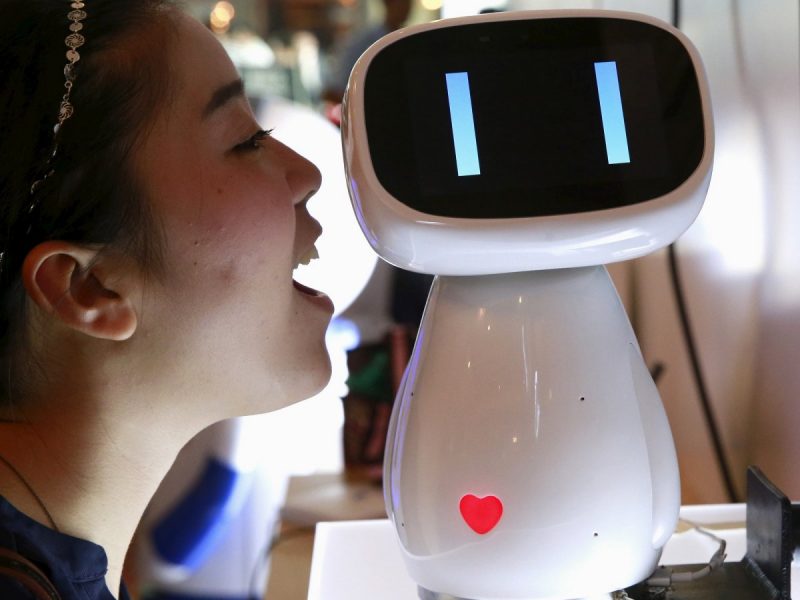
Source: Forbes
Police in Chongqing use surveillance software from another company, SenseTime. In the first 40 days, it identified 69 criminals and the company received a letter from the police crediting it with the arrests of 14 people.
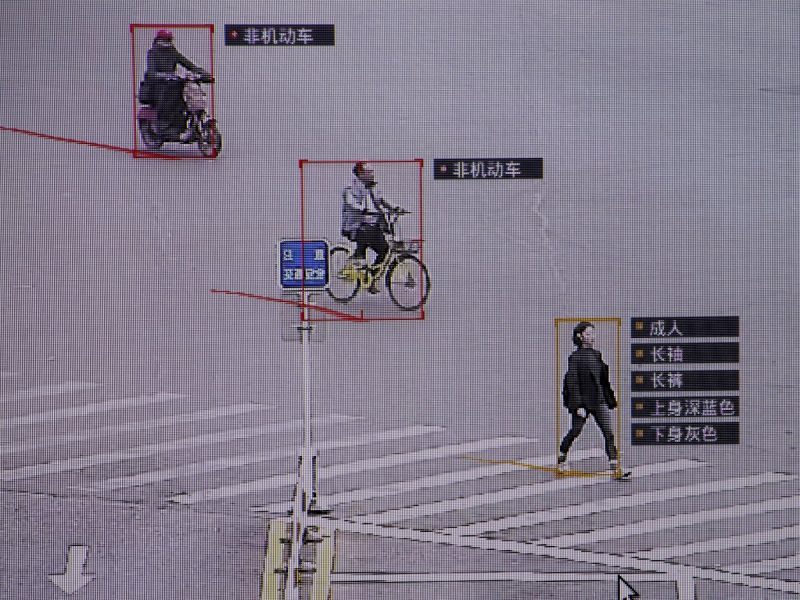
Source: Wall Street Journal
This demonstration of SenseTime’s software shows how it can track customers as they move around a department store.
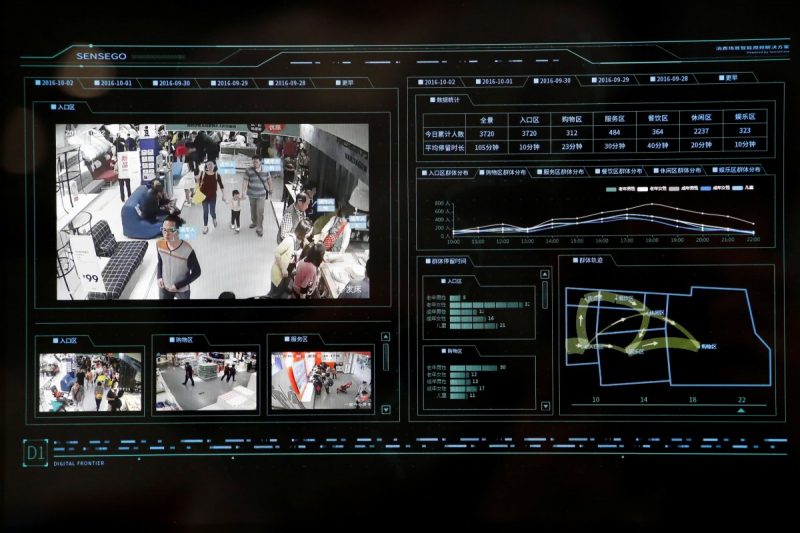
The autonomous region of Xinjiang has more than 40,000 surveillance cameras used to track and monitor the Uyghur ethnic minority.

Source: Business Insider
Policemen gather to watch screens showing public areas monitored by security cameras in the region.
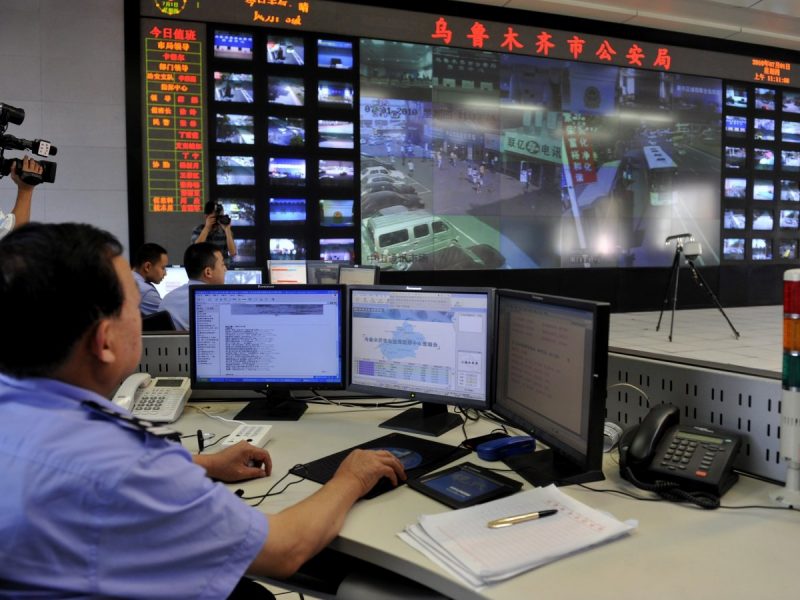
To enter the Hotan bazaar in Xinjiang, shoppers must have their face scanned and cross-referenced to their national identification card. The technology is made by a state-owned defense contractor.
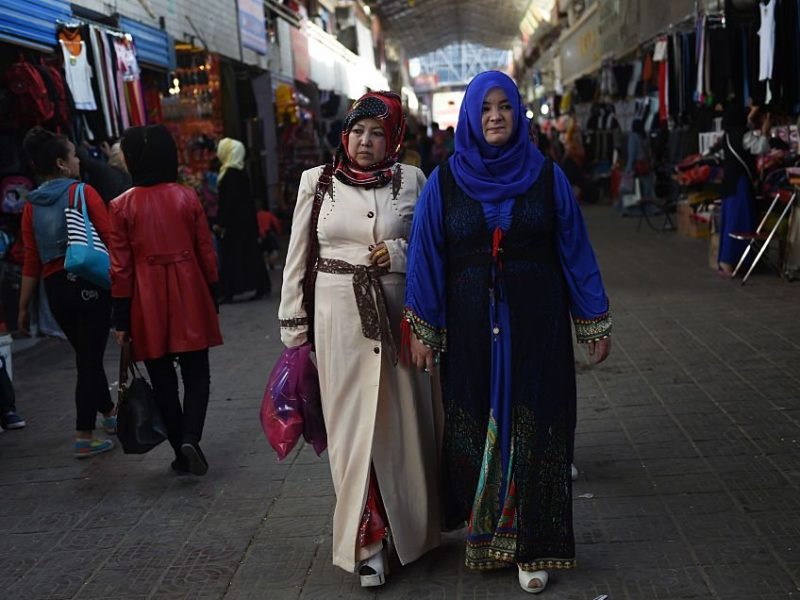
Source: Associated Press
Even petrol stations in Xinjiang require drivers be identified by facial recognition cameras before filling up.
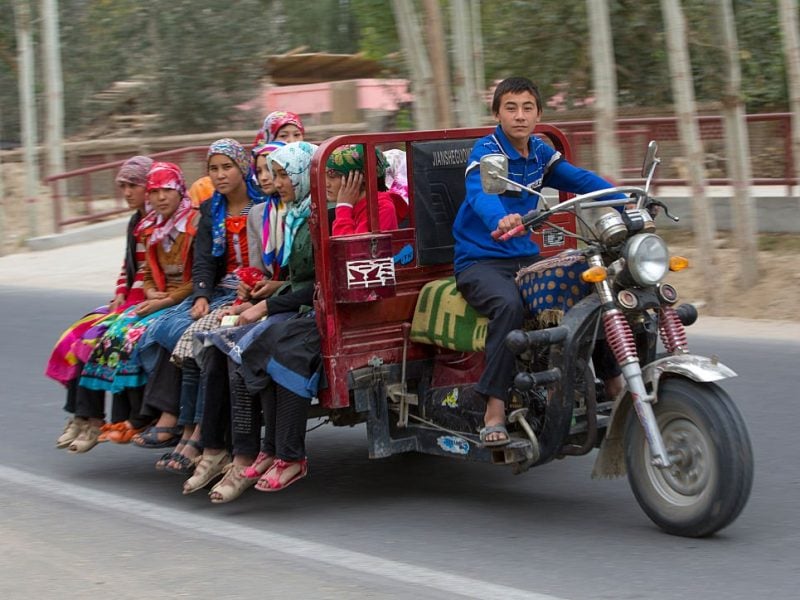
In other areas of China, police use hand-held systems to recognize faces.
Police in Kashgar now have smartphones that scan faces and match with IDs pic.twitter.com/V1BljhweiA
— Emily Feng (@EmilyZFeng) 24. August 2017
China’s Police Equipment Joint Research Lab has created an SUV with a 360-degree camera that can scan every face within 200 feet while driving up to 75mph. The driver is alerted to any database match.
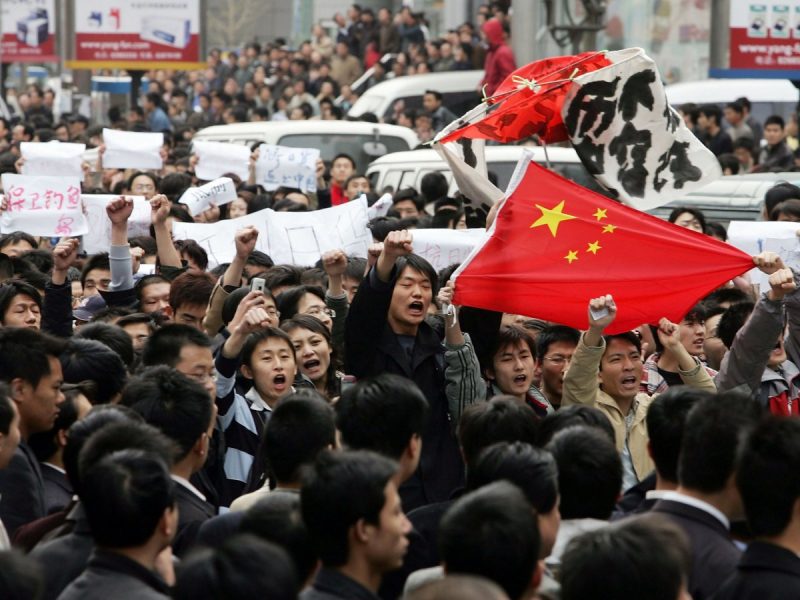
Source: Wall Street Journal

